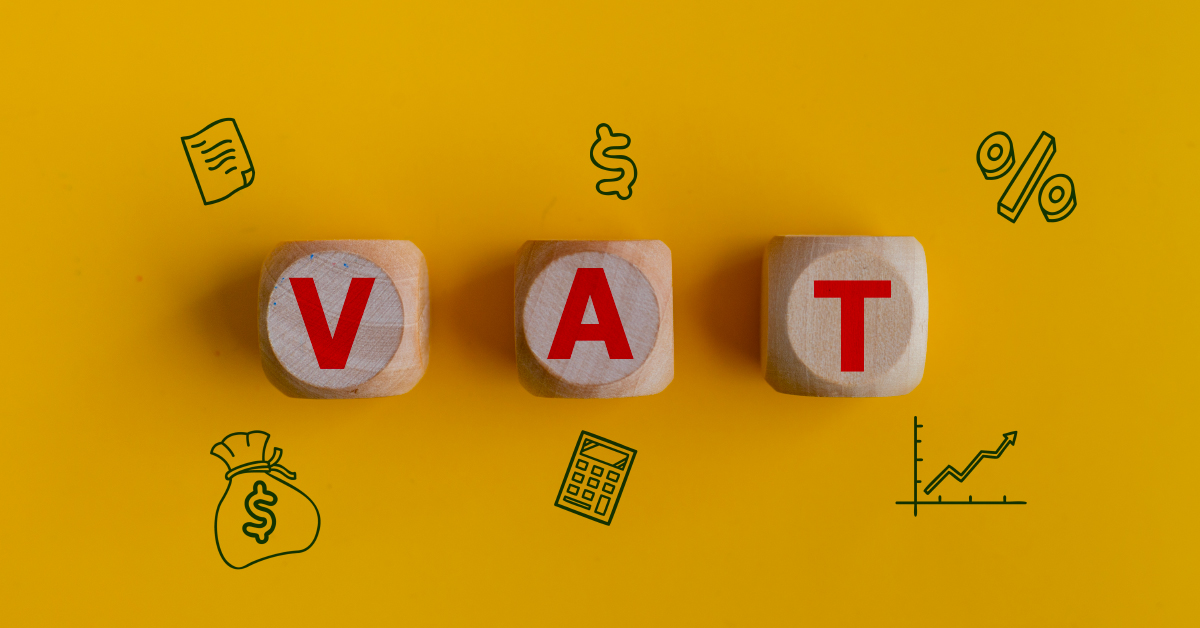Modelo 130 in Simple Terms: What You Need to Know

Modelo 130, 303, 036… A freelancer’s alphabet soup! 😱
As a freelancer, you might easily struggle with the complexity of all the forms you have to submit as a freelancer.
However, let’s focus on one: Modelo 130. This form, related to the IRPF (Personal Income Tax), is what you use to pay your IRPF to the tax authorities quarterly.
Are you curious about what Modelo 130 is, why it matters, whether you need to submit it, and how to do it? Stick around, as we’re about to clear the air in this article.
Table of contents
IRPF is progressive; the more you earn, the more you pay. You have to submit it annually from mid-April to late June.
However, the obligation to submit Modelo 130 quarterly as a prepayment depends on the nature of your freelance activity. This is where understanding the difference between professional and business activities becomes crucial.
Professional vs. Business Activities
When registering as a freelancer with forms 036 and 037, you pick an IAE (Economic Activities Tax) code to define your activity.
Depending on your choice, it’s either a professional or business activity.
In simple terms, professional activities (actividades profesionales) are those you’re qualified for, like lawyers or psychologists, done individually without forming a company.
However, business activities (actividades empresariales) require forming a company and don’t need specific qualifications.
These definitions should guide you, but they can get tricky, especially with online businesses. The easiest way to determine if your activity is professional or business is by checking the IAE code and category.
Modelo 130: Who Needs to Submit It?
You must submit Modelo 130 if:
✅ You conduct a business activity.
✅ Your activity is considered professional, but you must submit it or not, depending on the percentage of IRPF withholdings from the previous year.
Here’s the deal with withholdings: Each invoice to clients for products or services can include a 7% or 15% IRPF withholding. Depending on your withholdings, you may or may not need to submit Modelo 130:
- If you withheld IRPF on at least 70% of your income last year, you’re off the hook for Modelo 130.
- If your withholdings were less than 70% of your income, you need to submit Modelo 130.
Summary:
| Activity | Need to Submit Modelo 130? |
| Business | Yes |
| Professional with ≥70% withholdings | No |
| Professional with <70% withholdings | Yes |
When to Submit Modelo 130
Regarding the submission of Modelo 130, you must submit it during the first 20 days after each quarter, except the fourth:
- First Quarter: April 1-20.
- Second Quarter: July 1-20.
- Third Quarter: October 1-20.
- Fourth Quarter: January 1-30.
If the deadline falls on a weekend or holiday, it extends to the next business day.
Frequently Asked Questions about Modelo 130
What expenses can freelancers deduct on Modelo 130?
When submitting Modelo 130, freelancers can deduct certain expenses related to their economic activities.
However, it’s important to note that only expenses directly linked to the income-generating activity and justified by invoices or other official documents are eligible for deduction. Here are some typical examples:
- Operational Consumptions: Your freelance business incurs these expenses in its day-to-day operations. They can include items like gasoline, office materials, raw materials, spare parts, packaging, and similar expenses directly tied to your business operations.
- Personnel Expenses: If you employ staff in your freelance business, you can deduct expenses related to managing and paying them. This category includes salaries, social security contributions, and any compensation you might have to pay.
- Freelancer Quota: You can deduct the amount you pay for the freelancer’s social security contribution.
- Utility Costs: You can deduct expenses for utilities such as water, electricity, gas, and telephone services used during your business activities.
- Professional Services: If you use services provided by other independent professionals, like consultants, lawyers, or accountants, you can include these costs as deductible expenses.
It’s crucial to remember that not every expense automatically qualifies as deductible, even if it falls under these categories. You must demonstrably connect the expense to your professional activity to qualify for a deduction. For instance, you can only deduct a telephone bill if you use the phone for business purposes.
It’s always advisable to consult with a tax professional or expert to ensure you correctly identify and deduct eligible expenses, which can have significant implications for your tax liability.
What’s the difference between Modelo 130 and Modelo 303?
Modelo 130 is for IRPF, and Modelo 303 is for VAT (IVA), both submitted quarterly.
What income should be included in Modelo 130?
Include net income from your economic activity – your total income minus deductible expenses.
How is Modelo 130 calculated?
Modelo 130 is calculated by subtracting deductible expenses from your total income, yielding your net business income. This result can either be positive or negative. If it’s positive, you’ll have IRPF to pay; if negative, no IRPF payment is required.
How to Submit Modelo 130
Submit it on time to avoid penalties. Though it’s possible to submit it on paper, electronic submission through the Tax Agency’s website using a digital certificate or PIN is easier.
But, with Companio One Spain, it’s even easier. Just upload your income and expense invoices, and we will handle Modelo 130 for you, along with 303, 111, 115, 347, 349, and 309.
Want to know how we can assist you? Check out our tailored plans for freelancers in Spain.



